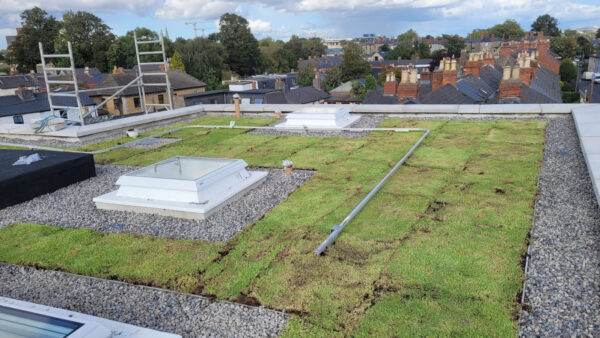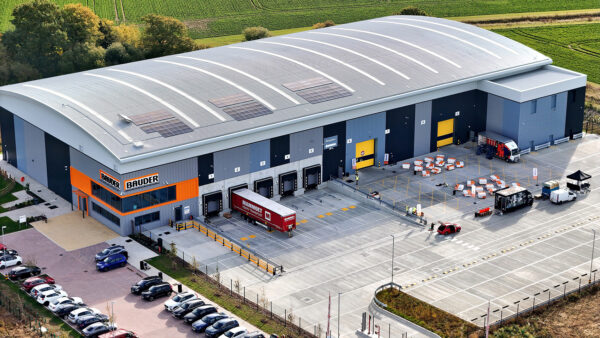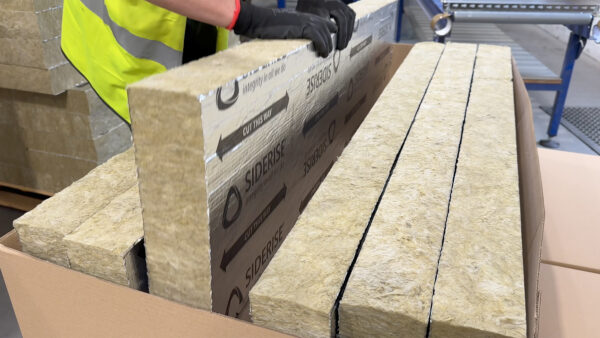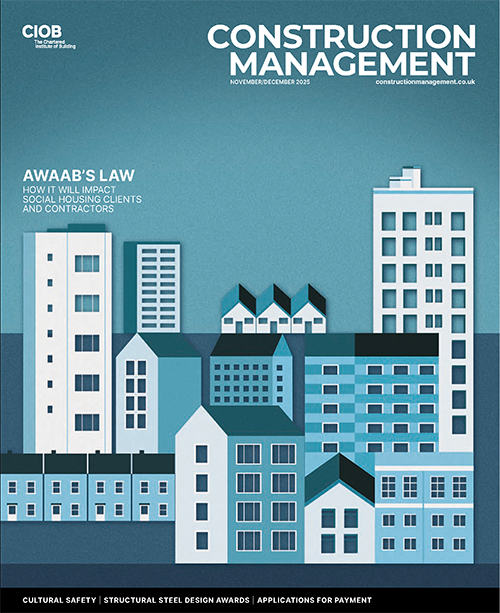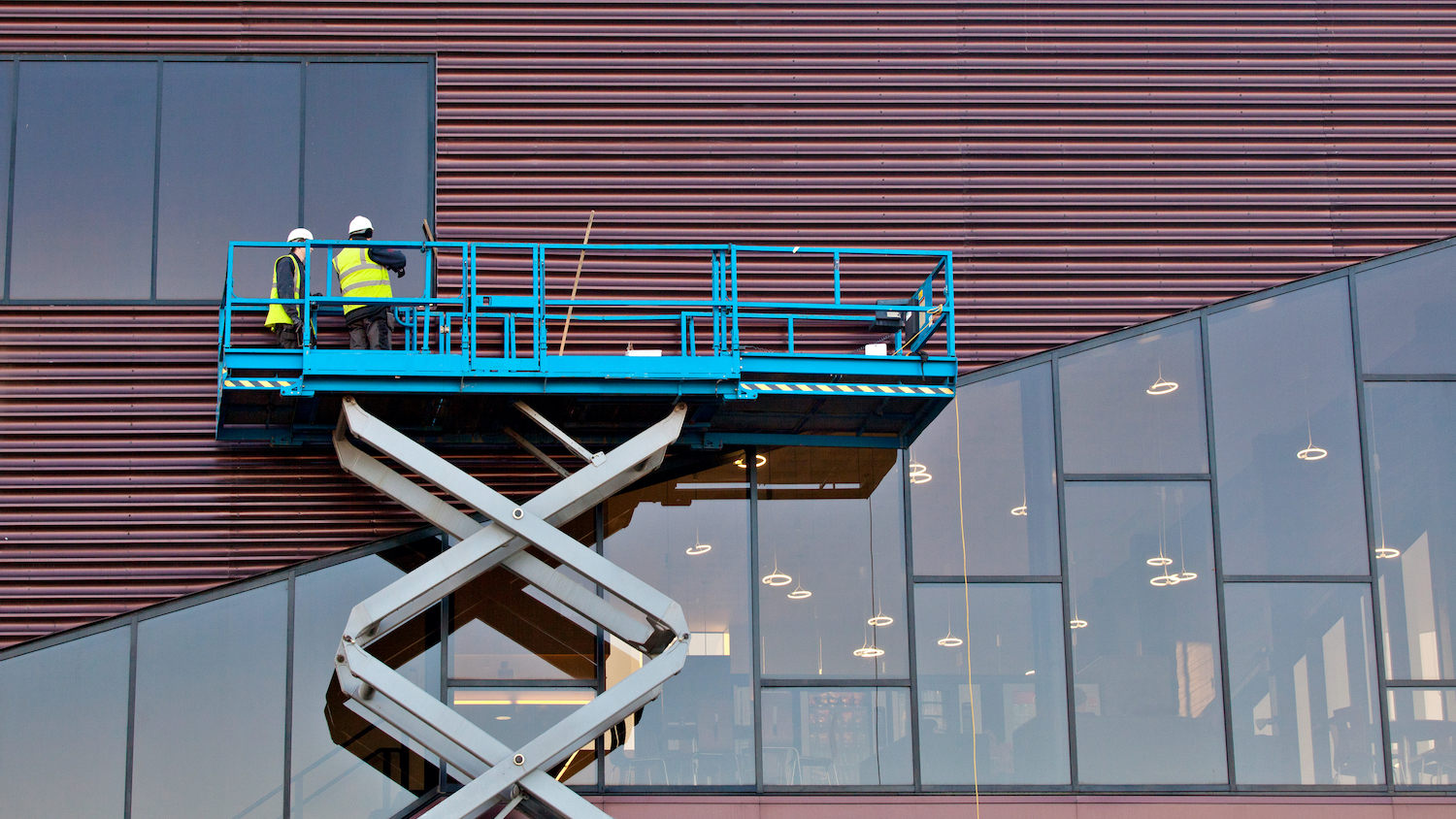
Jalpesh Patel, industry development manager for infrastructure at Bluebeam, explains how to improve infrastructure delivery with software.
The UK government wants an infrastructure boom, with up to 150 potential projects in the pipeline. From gigafactories to solar farms, and roads to railway lines, the aim is to create jobs and boost economic growth. However, budgets, resources and labour are tight. It makes delivery of these highly complicated, high‑profile projects difficult.
It is well documented that digital solutions can help. Improved efficiency, tighter cost control and more effective supply chain collaboration are all possible with the
right software.
Yet our research shows that there are still gaps in adoption. Around one in four architecture, engineering and construction (AEC) firms are not using construction software during planning, design and construction.
For those that do, building information modelling (BIM) is the most used (69%), followed by computer-aided design (CAD) (54%) and project management software (53%). A third (32%) said that a lack of training and skills was the main barrier. Others cited integration with existing tools and processes, and technical issues.
Choosing the right tool
Mistakes often happen during procurement. For example, the principles for data collection, categorisation, storage and reporting must be set out at day one so that the right tool, with the right functionality, is selected.
Consideration must be given to how this will impact the whole supply chain. Tools such as Bluebeam help teams work in a real-time, transparent environment. This streamlines communication, provides insight into project performance and keeps the project team connected, wherever they are.
On large projects, there are tens of thousands of activities to coordinate through a vast supply chain. The logic behind how they are all sequenced can get very complicated. Project management software makes this information more visible. Some also incorporate AI, enabling huge amounts of data to be analysed and improvements to be suggested.
Tools can help on site too. Augmented reality, onsite sensors and mobile devices are making it easier to review real-world progress. Mobile devices can also monitor worker fatigue and track movement to identify health and safety risks.
Overcoming barriers
To make this work, businesses need cloud-based solutions. The principle should be to make information easy to share, compare and action in real time. The efficiencies achieved should make it highly desirable for AEC firms to invest in software tools.
One area of caution, though. Detailed plans for training and communications are needed to unlock full potential. Many providers will have onboarding programmes and a wealth of material that can help, so make this part of your procurement process too.
If the sector is to meet the UK government’s ambitions, construction organisations need to find ways of working smarter and faster. The opportunity is a significant uptick
in what can be delivered.







